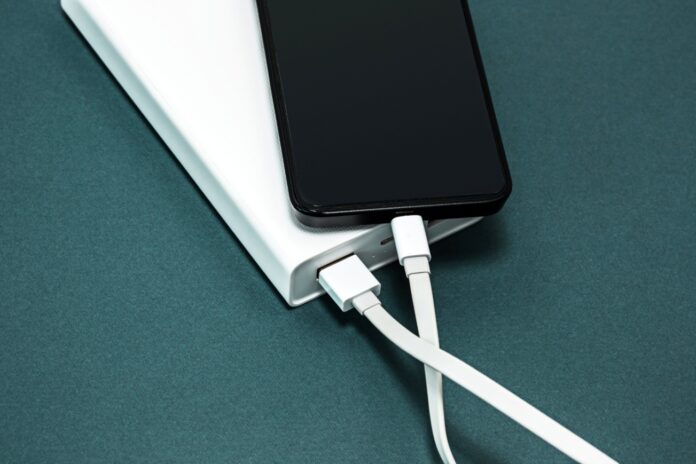While 85% of the world’s population lives on less than $10 a day, around 7.26 billion people have a smartphone, which comes to 91.54% of the population.
Out of this, the global market of power banks for cell phones is estimated at around $8.5 billion and seems promising to touch $16 billion by 2026.
The global industry was promising enough to invent a power bank to reduce troubles in user experiences.
However, after a significant period of using a power bank, people with expensive relevant electronic items have observed a performance deficit in their gadgets. They blame it on the usage of power banks.
So, does it really affect your phone’s battery? Keep reading to know.
Does Having an After Market Power Bank Affect your Phone’s Battery Health?
Over time, users have realized power banks might be damaging their phone’s battery life or battery health. The primary root of these problems is the unalignment of proprieties between the power bank charger and the parent cell phone brand.
The difference between these protocols leads to severe imperfections; thus, it results in damaging the phone’s battery.
1. Pendulum in Voltage
Almost every smartphone has its maximum and minimum voltage bracket, so every charger needs to provide voltage up to these figures.
Power banks aren’t voltage promising. Moreover, a power bank charger has voltage principles and neglects the phone’s requirements.
This leads to damage to the phone’s battery in a short period, as it either receives lower than it needs or higher than it may require.
2. Over amperage
Amperage is strength of an electric current that creates voltage. Manufacturers are constantly competing with each other to reduce charging time by producing high-quality products seemingly.
To do this, they overpower the amperage, which delivers an excessive load of stored electricity throughout a session of charge. This damages the battery by swelling it or heating it sometimes.
3. Non-active electricity
It is an unrecognized fact that a power bank does not have an active supply loop of electricity as the wall charger does. A power bank itself needs to be charged, which justifies its incapability to charge a modern-day smartphone’s battery.
Moreover, power banks store current in their battery so that you may use them in time of need. So, a non-active current supply affects your smartphone’s battery.
On the other hand, if you charge through a wall charger, the current is activated and controlled through stages of supply.
Things to Minimize your Phone’s Battery Damage by Power Banks
An average intelligent phone battery is supposed to complete 500 charging cycles before draining or becoming unhealthy, which takes a while.
So, there are viable tips to extend your cell phone battery’s life.
- Avoid fast chargers
- Uninstall third-party applications
- Avoid overcharging
- Avoid battery drainage below 10%
- Avoid battery charge above 95%
- Buy a high-quality power bank
Qualified power banks are proving to be the best option for consumers. Not every power bank charger performs to damage your battery, but the cheaper one only. Avoid unqualified chargers and buy the most qualified power bank chargers available in the market.
Following up on this, below are some tips in connection with the above:
Conclusion
As much as a power bank enhances ease of usage and accessibility, it could be harmful. The promise of quality for power banks could be judged by their price, but it requires a market comparison.
You must find a viable power bank to prevent costly damages to your phone or other electronic devices under regular use.
Power banks can turn out to be silent killers. Your phone does not give you early indications for unviable current passes and voltage contact. This is the most frightening fact because when it gets too late, you are only left with a choice to replace the battery or phone.

